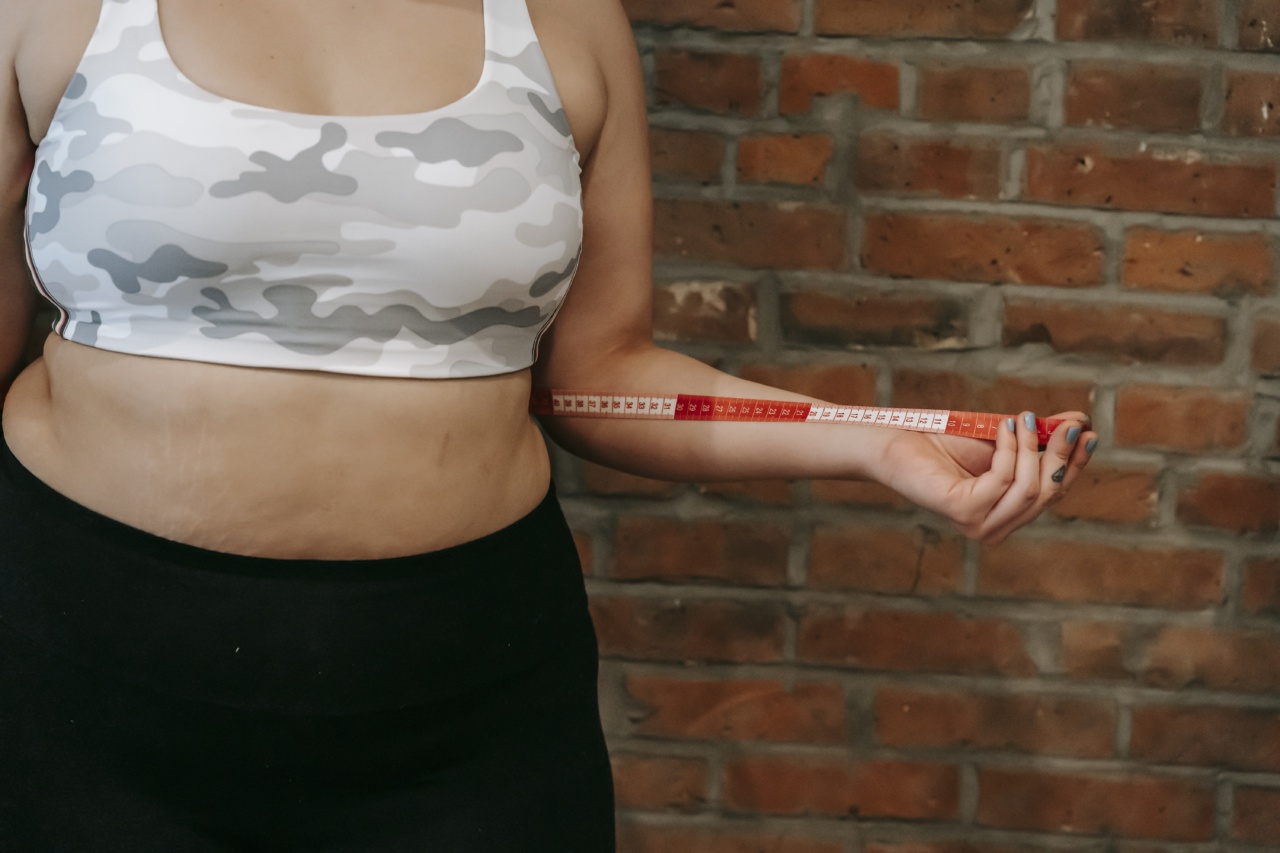Calorie control is an essential aspect of maintaining a healthy body weight and preventing chronic diseases. Weight management requires burning more calories than we consume, and the primary strategy to achieve that is to make dietary changes.
One of the most effective ways to control calorie intake is to be mindful of portion sizes and the number of calories in the food we eat. Bite size matters, and when we pay attention to it, we can cut down on calories without feeling deprived or hungry.
What is a calorie?
A calorie is a unit of energy that measures how much energy a particular food provides when we consume it.
The body uses calories from food to perform basic functions, such as breathing, heartbeat, and digestion, as well as physical activities such as walking, running, and exercising. Calorie needs vary depending on various factors, such as age, gender, weight, height, and activity level.
How many calories do we need?
The number of calories each person needs can differ based on the factors mentioned above. However, there is a general guideline for calorie intake based on age and sex.
- Children aged 2-8: 1,000-1,400 calories per day
- Girls aged 9-13: 1,400-1,600 calories per day
- Girls aged 14-18: 1,800-2,400 calories per day
- Boys aged 9-13: 1,600-2,000 calories per day
- Boys aged 14-18: 2,000-3,200 calories per day
- Adult women: 1,600-2,400 calories per day
- Adult men: 2,000-3,000 calories per day
What is a portion size?
A portion size is the amount of food on a plate or in a container that we eat in one serving. The serving size of a food item is different from the portion size.
The serving size is the recommended amount of food that provides a specific number of calories and nutrients. The portion size can vary depending on how much food we eat and what we put on our plate. So, if we eat more than what is recommended in one serving, we consume more calories than we require.
How to control portion sizes?
One of the simplest ways to control portion sizes is to use smaller plates, bowls, and cups. When we put food on a small plate, it appears to be more substantial than the same amount of food on a large plate. That means we feel full with fewer calories.
Another way is to measure the serving size of food items. We can use measuring cups, spoons, or a food scale to measure the accurate serving size. We can also use visual cues to estimate the serving size.
For instance, one serving of meat should be the size of a deck of cards, one serving of pasta or rice should be the size of a tennis ball, and one serving of cheese should be the size of four dice.
What is a snack?
A snack is a small amount of food that we eat between meals. Snacks can provide us with the energy and nutrients we need to fuel physical activity and keep us going throughout the day.
Snacking can help prevent hunger and overeating at mealtimes, but if we consume high-calorie snacks, we may end up consuming more calories than we need. That’s why choosing the right snack is crucial for calorie control.
How to choose healthy snacks?
To choose healthy snacks, we need to consider the number of calories, nutrients, and the portion size of the snack. A healthy snack should be low in calories, high in nutrients, and provide a feeling of fullness. Some healthy snack options include:.
- Fruits: Apples, bananas, berries, oranges, grapes, etc.
- Veggies: Carrots, celery, cucumber, bell peppers, etc.
- Nuts: Almonds, cashews, walnuts, pistachios, etc.
- Seeds: Sunflower seeds, pumpkin seeds, chia seeds, etc.
- Yogurt: Greek yogurt, low-fat yogurt, etc.
- Cheese: Low-fat cheese, mozzarella, feta, etc.
Conclusion
Calorie control is essential for maintaining a healthy weight and preventing chronic diseases. By controlling portion sizes and choosing healthy snacks, we can reduce calorie intake without feeling deprived or hungry.
It’s important to be mindful of our food choices, portion sizes, and the number of calories we consume daily. With small changes in our eating habits and lifestyle, we can achieve and maintain optimal health.































